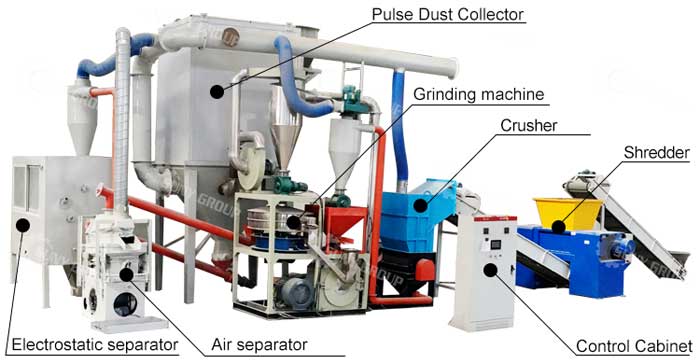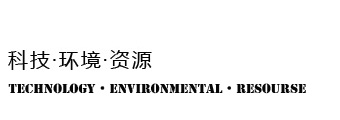Introduce in detail the process flow of waste circuit board crushing and recycling production line
The waste circuit board crushing and recycling production line is mainly used for the separation of metals and non-metals in materials such as waste circuit boards, copper clad laminates, circuit boards and scraps. In terms of the current refining technology, the process is mature and has great advantages. The comprehensive performance of the circuit board crushing and recycling process is good, and it has a unique effect on the recycling of computer boards, computer boards, TV boards and other circuit control boards. It is also compatible with the recycling of various circuit boards containing capacitors. It has less power, no noise, less labor, high automation, high efficiency, and small footprint. It is an ideal production line for recycling waste circuit boards.
of various circuit boards containing capacitors. It has less power, no noise, less labor, high automation, high efficiency, and small footprint. It is an ideal production line for recycling waste circuit boards.
Process flow introduction:
1. Shredder: Shred the light board to 2-3 cm.
2. Circuit board crusher: crush the crushed circuit board to about 20 mesh.
3. Analysis machine: The crushed material is air-selected, and the resin, copper, dust and fiber are separated. The dust and fiber are sucked into the collector by the induced draft fan, and the resin and copper enter the grading screen.
4. Collector: Collect dust and fibers, and discharge the collected fibers.
5. Pulse purifier: collect the dust and ultrafine fibers generated during the crushing process.
6. Grading screen: the resin and copper are screened, the resin and copper that are not separated are returned to the main machine for re-grinding, and the separated resin and copper enter the specific gravity sorter for sorting.
7. Gravity sorting: Resin powder and copper are sorted by specific gravity. Since the weight of copper is greater than the weight of resin, copper will be sorted to one side and resin to the other side. In this way, the separation of metal and non-metal is achieved. This is a technology that is currently the only one in China, which can achieve a metal sorting effect of more than 99%.
8. High-voltage electrostatic separation: The tailings that have passed through the specific gravity separator are then subjected to high-voltage electrostatic separation to separate the small copper powder and resin contained in the tailings (the principle of high-voltage electrostatic separation is: put the input power through the transformer. Adjust to a high voltage of 100,000 volts to form a high-voltage magnetic field, which has the effect of adsorbing conductive metals, thus achieving the separation of metals and non-metals
The complete set of waste circuit board equipment adopts a new type of dust collector, and the three-in-one dust removal (cyclone dust removal + electrostatic dust removal + static dust removal) has no exhaust gas emission to the air. The appearance of the equipment is clean and tidy, and there is no dust bag, which replaces the problems that cannot be solved by the dust and odor of the traditional dust collector. In order to prevent dust pollution during processing, a pulse dust removal device is added after the air separation process, which effectively solves the problem of dust pollution.







Leave a Comment